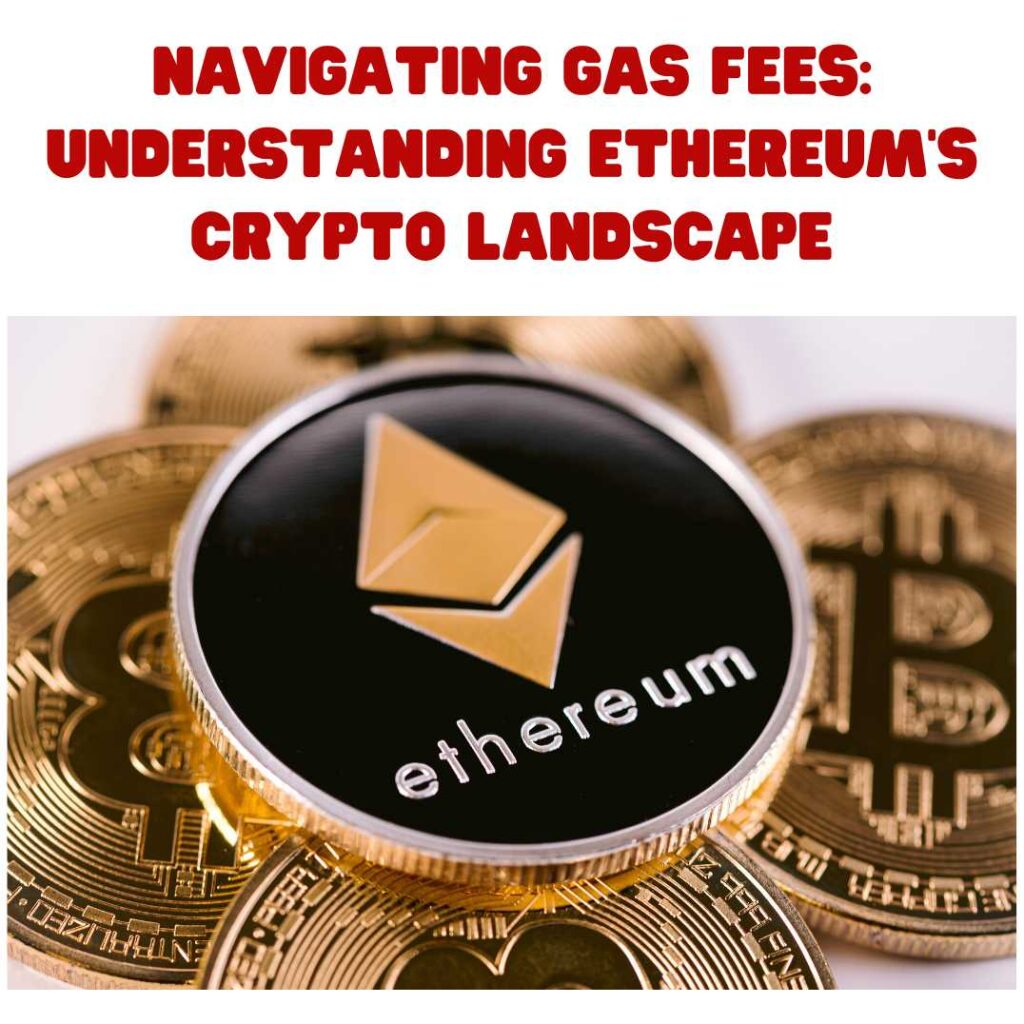In the dynamic world of cryptocurrency, Ethereum stands out as a pioneer, driving innovation through its robust blockchain platform. However, one persistent challenge that Ethereum users encounter is the issue of gas fees. In this blog post, we’ll delve into the intricacies of gas fees and explore how they impact the Ethereum ecosystem.
What Are Gas Fees?
Gas fees are the transaction fees required to execute operations on the Ethereum network. These fees are paid in Ether (ETH) and serve as incentives for miners to process transactions and secure the network. Gas fees vary depending on network congestion, with higher demand leading to increased fees.
The Impact of Gas Fees on Ethereum Users:
1. Cost Considerations: High gas fees can significantly impact users, particularly those engaging in frequent transactions or executing complex smart contracts. Users may find themselves paying exorbitant fees, diminishing the feasibility of small-value transactions.
2. Market Dynamics: Gas fees influence user behavior and ecosystem dynamics. During periods of high congestion, users may delay transactions or seek alternative blockchains with lower fees, impacting Ethereum’s usability and adoption.
3. Decentralization Concerns: High gas fees can contribute to centralization pressures, favoring wealthy users or institutions capable of absorbing the costs. This undermines Ethereum’s core principle of decentralization, posing long-term challenges for network sustainability.
Strategies to Mitigate Gas Fees:

1. Optimizing Transactions: Users can minimize gas fees by optimizing transaction parameters such as gas limit and gas price. Utilizing gas fee calculators and monitoring network congestion can help users make informed decisions.
2. Layer 2 Solutions: Ethereum’s scalability challenges have spurred the development of Layer 2 solutions such as rollups and sidechains. These off-chain scaling solutions aim to alleviate congestion and reduce gas fees by processing transactions off the main Ethereum blockchain.
3. Alternative Blockchains: Users seeking lower fees may explore alternative blockchains or decentralized finance (DeFi) platforms built on interoperable networks. These platforms offer competitive transaction fees and innovative features, presenting viable alternatives to Ethereum.
The Future of Gas Fees and Ethereum:
As Ethereum transitions to Ethereum 2.0 and implements solutions like Ethereum Improvement Proposals (EIPs) to address scalability and gas fee issues, the landscape of gas fees is poised to evolve. However, achieving scalability without compromising decentralization remains a formidable challenge.
Conclusion:
Gas fees are a fundamental aspect of Ethereum’s ecosystem, shaping user experiences and ecosystem dynamics. While high gas fees pose challenges, they also underscore Ethereum’s growing popularity and network activity. By implementing strategies to mitigate fees and embracing innovative solutions, users can navigate the Ethereum landscape more effectively, unlocking the full potential of decentralized finance and blockchain technology.
#GasFees #Ethereum #Cryptocurrency #Blockchain #DeFi #Ethereum2 #Layer2 #SmartContracts #Decentralization

















What do you think?
It is nice to know your opinion. Leave a comment.